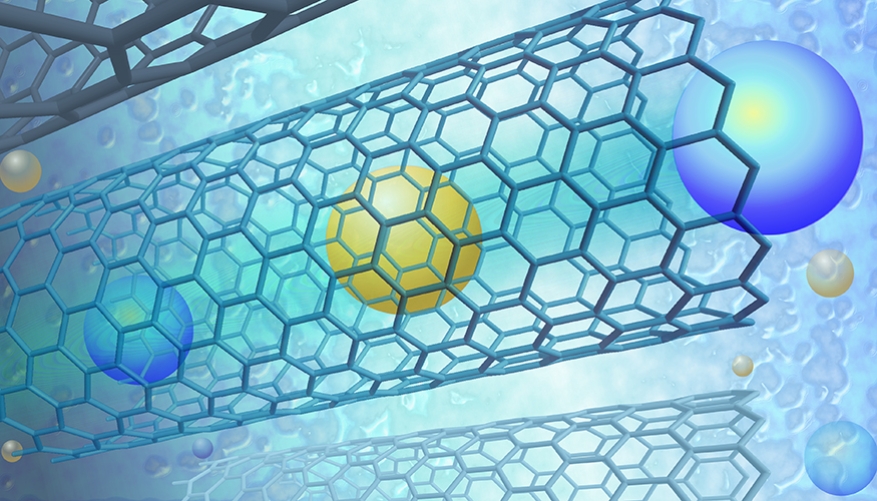Artificial Photosynthesis Systems
Artificial Photosynthesis Systems
Synthetic Biology
Patented catalytic systems that mimic natural photosynthesis to produce clean fuels.
The patented catalytic systems utilize artificial photosynthesis to convert sunlight into chemical energy, producing clean fuels such as hydrogen, methane, or other hydrocarbons. These systems employ a novel combination of nanostructured materials, biomimetic catalysts, and specially designed reactors to replicate the natural photosynthetic process. By harnessing the energy from sunlight, water, and CO2, these systems offer a sustainable and environmentally friendly approach to fuel production, significantly reducing greenhouse gas emissions and dependence on fossil fuels. The technology involves a multi-step process, including light absorption, charge separation, and catalytic conversion of reactants into fuels. The patented systems have demonstrated high efficiency, stability, and scalability, making them suitable for various applications, from small-scale, decentralized fuel production to large-scale, industrial processes. The innovative catalytic systems have the potential to transform the energy landscape, providing a promising solution to address global energy and environmental challenges.
Artificial photosynthesis can be used to produce hydrogen fuel from sunlight, water, and CO2, providing a clean and sustainable alternative to fossil fuels for transportation and power generation.
This technology can be applied to develop solar fuels, such as methanol and formic acid, which can be used as energy storage media for grid-scale energy storage and as clean-burning fuels for industrial applications.
Mimicking natural photosynthesis can also enable the production of other valuable chemicals, such as organic acids, aldehydes, and alcohols, which are used as building blocks for the synthesis of pharmaceuticals, agrochemicals, and other fine chemicals.
The patented catalytic systems can be integrated into existing infrastructure, such as wastewater treatment plants, to produce clean fuels and chemicals while treating wastewater and reducing greenhouse gas emissions.
This technology has the potential to be used for space exploration, where it can be used to produce fuels and oxygen for life support systems and propulsion, enabling longer-duration space missions.
The artificial photosynthesis systems can also be used for carbon capture, utilization, and storage (CCUS), where CO2 is captured from power plant flue gas or directly from the atmosphere and converted into valuable chemicals and fuels.
Additionally, this technology can be applied to develop new solar-powered irrigation systems for agriculture, providing a sustainable and energy-efficient solution for crop irrigation and rural development.
The patented catalytic systems can also be used to develop novel electrochemical devices, such as solar cells, fuel cells, and electrolyzers, which can be used for a wide range of applications, from portable electronics to industrial power generation.

World Health Organization (WHO)
Audio and visual technology
View Patent
